Products for controlling antibiotic residues in milk
ROSA® strips (Rapid One Step Assay)
/ The Charm® ROSA® MRL beta-lactam and tetracycline test (MRLBLTET)
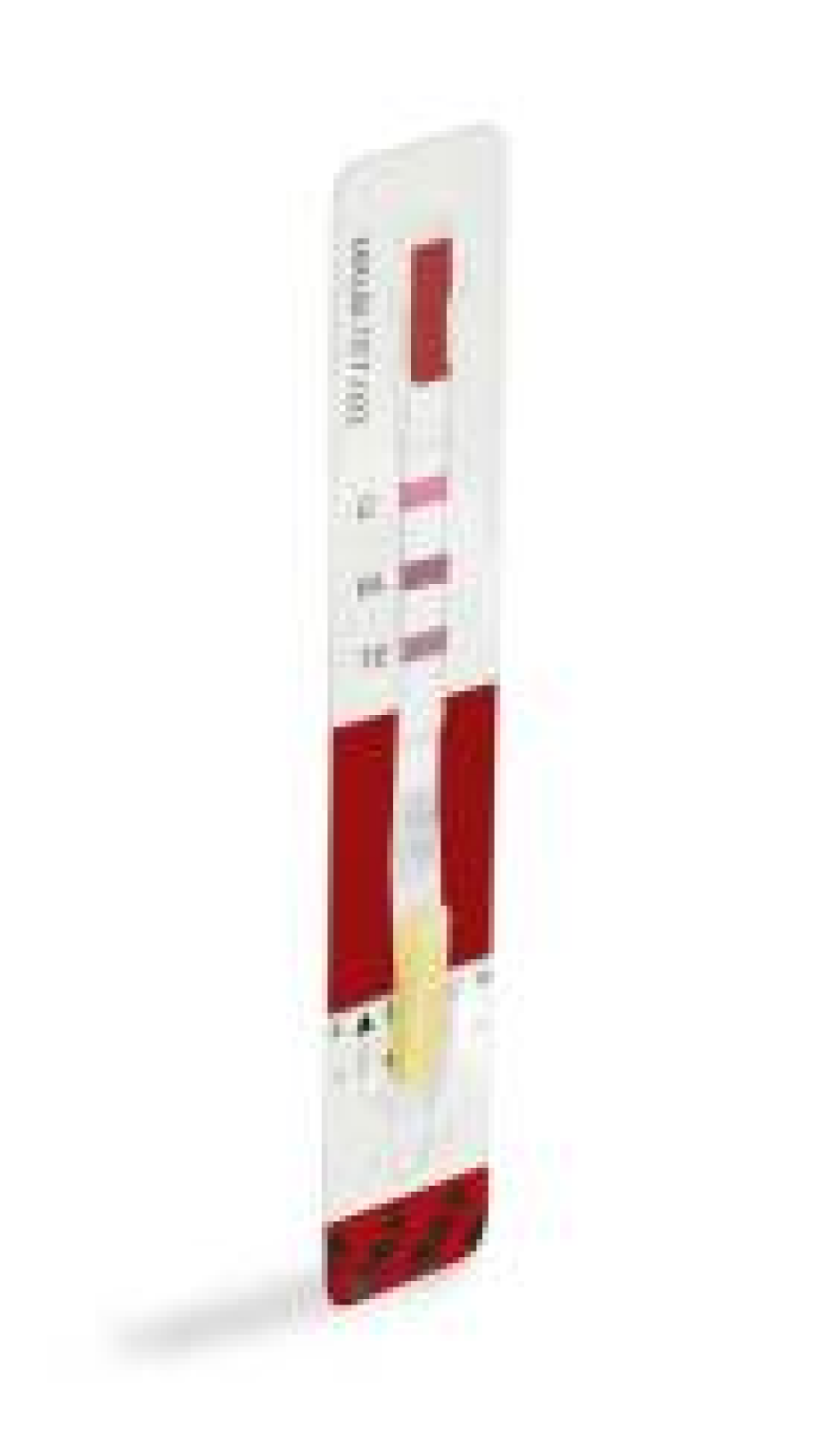
Charm® ROSA® (Rapid One Step Assay) technology has been adopted worldwide by the dairy industry to perform rapid and accurate residue screening in milk. The Charm® MRL beta-lactams and tetracyclines test for milk makes it easy to detect several families of antibiotics in a single test. The 8-minute MRLBLTET test meets the EU MRL requirement of 100 ppb for tetracyclines, a threshold that most countries have incorporated into their regulations (e.g. Australia, China, Japan, Poland, New Zealand, Taiwan, Vietnam ).
The Charm® MRL Beta-Lactams and Tetracyclines 8 minutes test is a Lateral Flow type test using ROSA® (Rapid One Step Assay) technology. The Beta-Lactams and Tetracyclines present in the sample interact with the colored particles present in the test. The intensities of the colorings on the test lines and on the control zone are measured using the ROSA® or Charm®EZ® reader. This test thus makes it possible to detect residues of Beta-Lactams and Tetracyclines in compliance with EU/CODEX regulations at the MRL thresholds (Maximum Residue Limits). The test can be used in factories at the milk reception level or in analysis laboratories (factory, inter-profession, regulatory laboratories).
/ The SULF MRL test
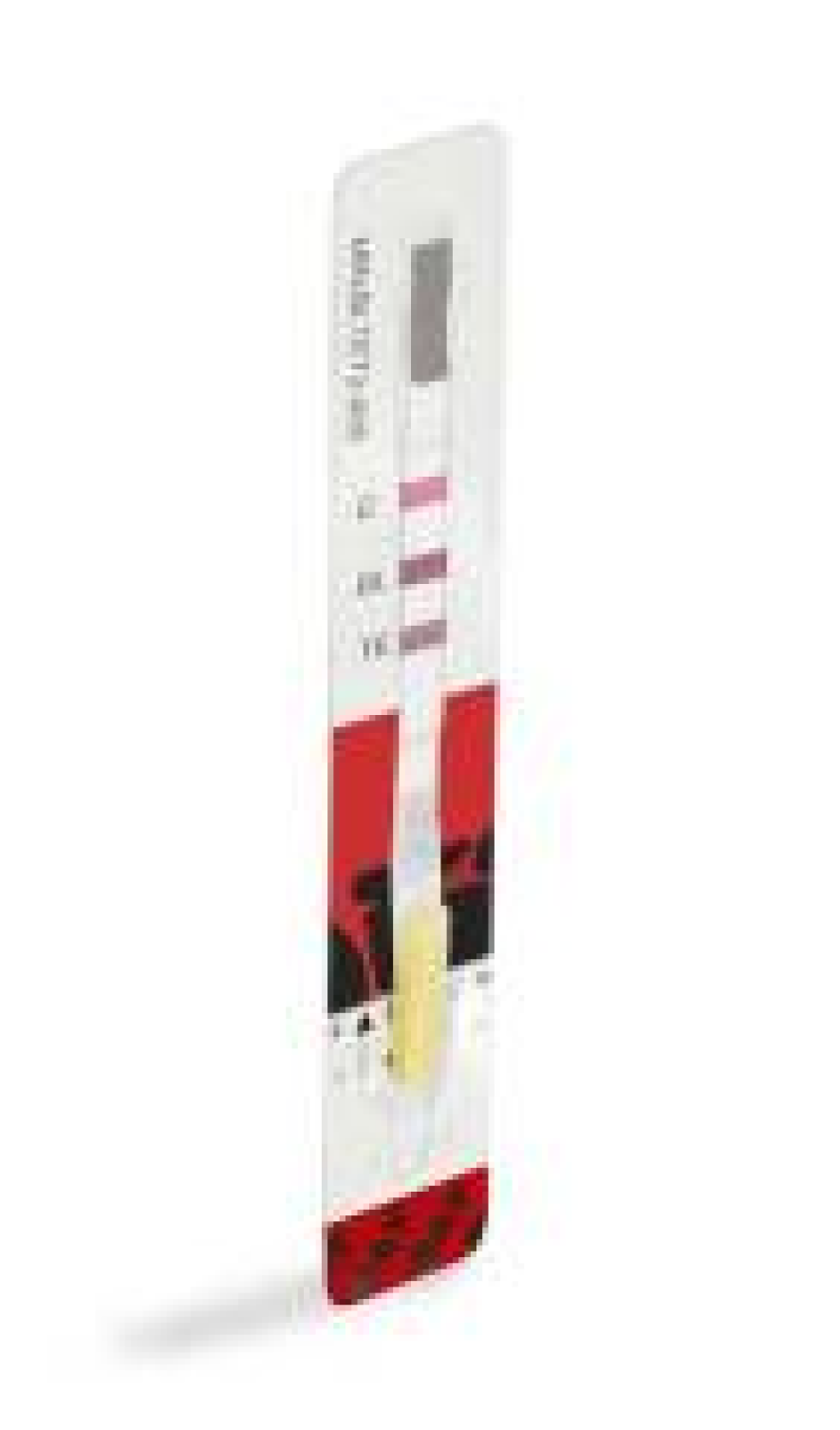
Charm® ROSA® (Rapid One Step Assay) technology has been adopted worldwide by the dairy industry for rapid and accurate screening of residues in milk. The Charm SULF MRL test easily detects sulfonamides in cow, goat and sheep milk, and meets the EU MRL requirement. Results are obtained in just 8 minutes.
The Charm SULF-MRL test is a lateral flow test using ROSA® (Rapid One Step Assay) technology. The sulfonamides present in the sample interact with the colored particles present in the test. Staining intensities on the test lines and in the control zone are measured using the ROSA® or Charm EZ® reader. This test enables sulfonamide residues to be detected in compliance with EU/CODEX regulations at MRL (Maximum Residue Limit) levels. The test can be used in factories at milk reception or in analysis laboratories (factory, interprofession, regulatory laboratories).
/ The Charm® ROSA® Neomycin, Streptomycin, Gentamicin Test (NEOSTREP-G)
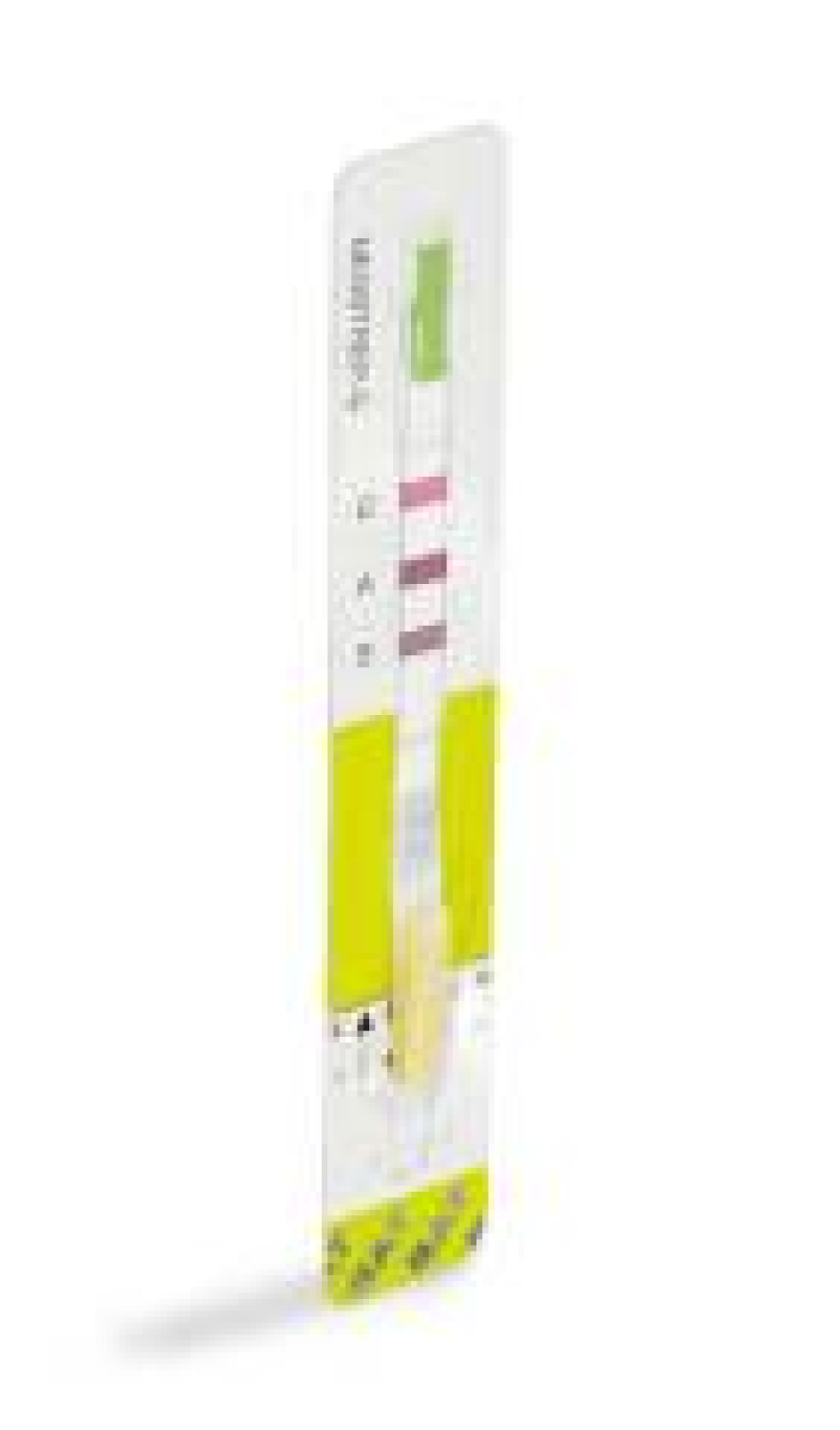
Charm® ROSA® (Rapid One Step Assay) technology has been adopted worldwide by the dairy industry to perform rapid and accurate residue screening in milk. The Charm® NEOSTREP-G test can easily detect Neomycin, Streptomycin and Gentamicin in cow, goat and sheep milk and it meets the EU MRL requirement. The result is obtained in just 5 minutes.
The Charm® NEOSTREP-G test is a Lateral Flow type test using ROSA® (Rapid One Step Assay) technology. The Aminoglycosides present in the sample interact with the colored particles present in the test. The intensities of the colorings on the test lines and on the control zone are measured using the ROSA® or Charm® EZ® reader. This test therefore makes it possible to detect residues of Neomycin, Streptomycin and Gentamycin in compliance with EU/CODEX regulations at the MRL (Maximum Residue Limits) thresholds. The test can be used in factories at the milk reception level or in analysis laboratories (factory, inter-profession, regulatory laboratories).
/ The Charm® ROSA® QUAD®2 Test
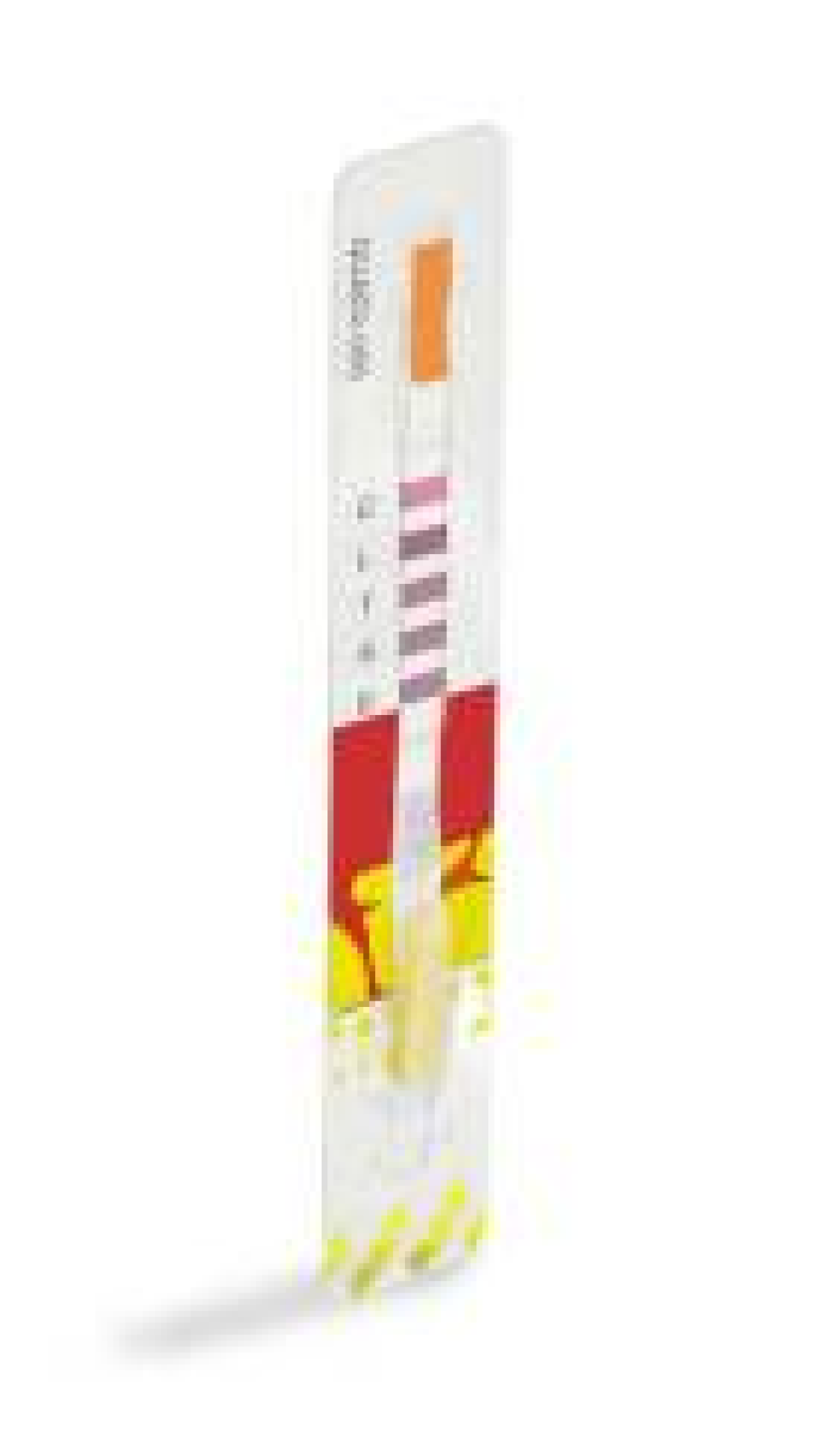
Charm® ROSA® (Rapid One Step Assay) technology has been adopted worldwide by the dairy industry to perform rapid and accurate residue screening in milk. The Charm QUAD®2 test can easily detect Macrolides in cow, goat and sheep milk and it meets the EU MRL requirement. The result is obtained in just 5 minutes.
The Charm QUAD®2 test is a Lateral Flow type test using ROSA® (Rapid One Step Assay) technology. The Macrolides present in the sample interact with the colored particles present in the test. The intensities of the colorings on the test lines and on the control zone are measured using the ROSA® or Charm EZ® reader. This test thus makes it possible to detect Macrolide residues in compliance with EU/CODEX regulations at the MRL thresholds (Maximum Residue Limits). The test can be used in factories at the milk reception level or in analysis laboratories (factory, inter-profession, regulatory laboratories).
Combined monitoring systems
/ Charm EZ® System
The Charm EZ® System is a combination incubator and digital readout device that has been specifically developed to use a wide range of ROSA® Rapid Tests. The system instantly identifies the color of the test strip and automatically adjusts the incubation time, temperature and corresponding calibration. At the end of the incubation time, the test is read automatically. The combined reader-incubator therefore allows analysis in just 1 step. The results are interpreted digitally and are stored in the device's memory and/or sent in real time to a computer.
Maximize your investment:
- One instrument, many tests: The system's exceptional versatility—enables a variety of antibiotic tests to be performed with a single instrument.
- Hands-free testing with combined incubator-reader.
- Analyzes the test strip automatically once incubation is complete.
- Allows readings of tests incubated with external ROSA® incubators up to 4 places for large quantity test series.
- Touch screen: Allows the user to access the settings and enter information relating to the tests.
- Printable or downloadable results
- Saves 8000 results in internal memory and more than 100000 on the SD card.
- Transfer results to a PC via wifi or standard USB cable, or to a LIMS via Ethernet cable
- Transfer to Excel for analyzes
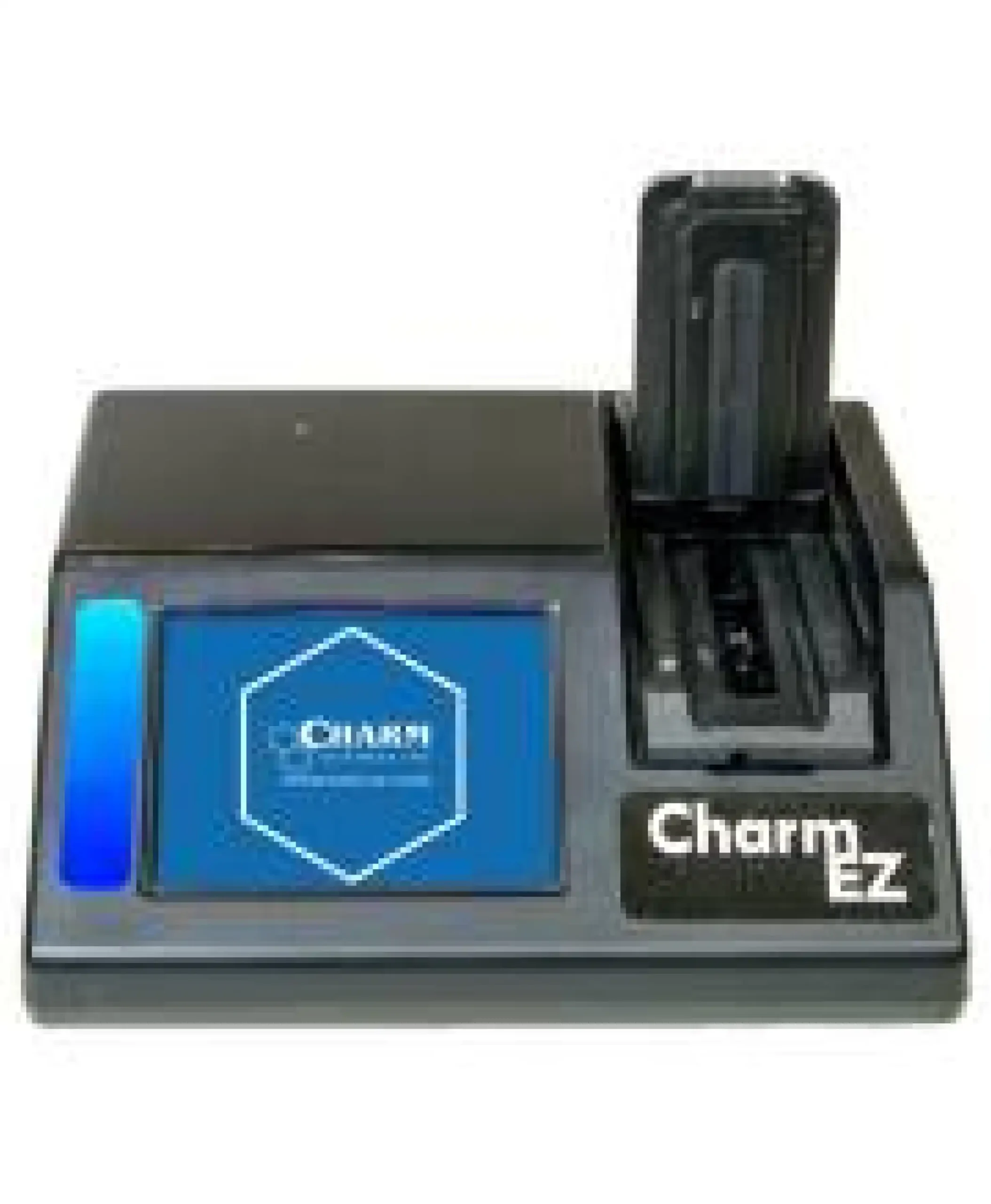
/ 2 places or 4 places INCUBATOR
harm Sciences offers incubators with adjustable times and temperatures. They can incubate 2 to 4 strips at the same time. The incubator is used in conjunction with the Charm EZ reader in read-only mode. Strips are incubated in the external incubator and then read in the EZ ROSA reader. Results are displayed and stored in the Charm EZ reader.
The method is based on the proliferation of microorganisms in a culture medium containing a colorimetric pH indicator. The proliferation of microorganisms in the culture medium in the presence of milk causes the colorimetric indicator to turn from blue to yellow. Milk samples interfering with the colorimetric change are considered positive.

